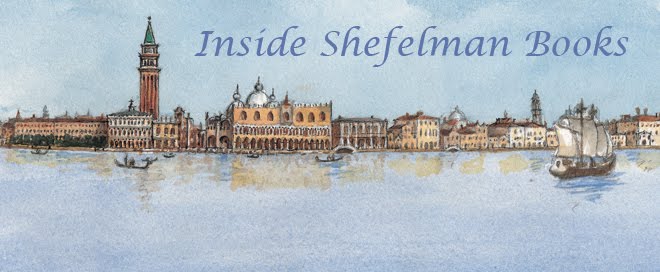"I want to tell you a story if I can manage without crying."
"It doesn't matter — emotions are good," I said.
She nodded and began. "Your book, A Paradise Called Texas, changed my life forever."
I caught my breath. "How?"
"When I was in the fourth grade my mother died. Of course, I was devastated. My teacher said she wanted to read a book to me — just the two of us alone, day by day. The book was yours and from it I learned how Mina, a girl my age, dealt with grief when her mother died. I realized that my life would go on and I needed to make the best of it. And, thanks to you, I did."
We embraced and I, too, had tears in my eyes. To think that a book I wrote could have such a profound effect gave me goose bumps. What a responsibility we authors have to our readers.
Melissa went on to say that because her fourth grade teacher helped her through a traumatic experience, she decided to become a teacher herself. What a responsibility teachers have to students as well. Together teachers and writers of children's books can change the world.



.tif)
.tif)












